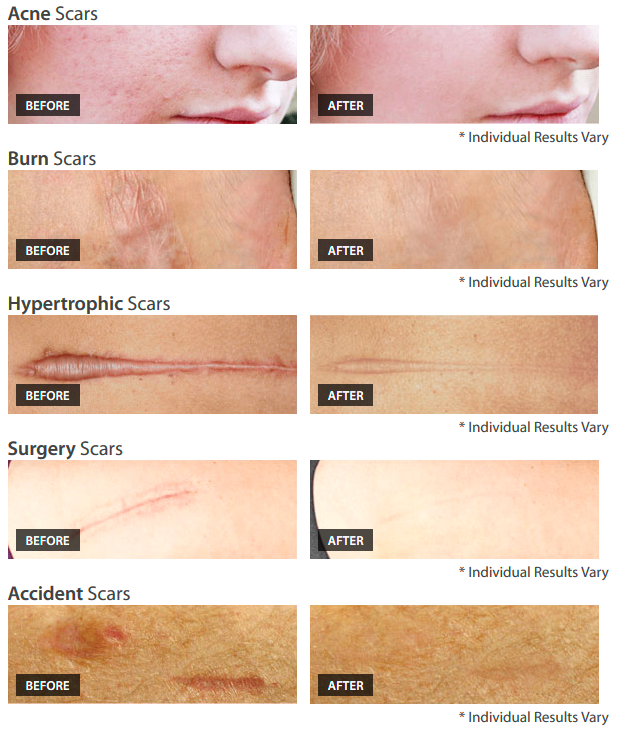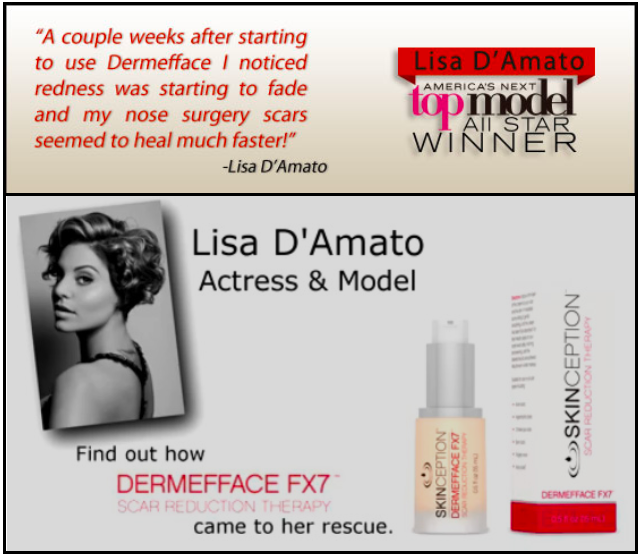What is a scar treatment cream?
By Nigel Chua
Scars tell a story of damaged skin and an event that caused trauma to the body. Scarring indicates that the wound has healed. In that sense, it's like your body is telling you it's put the past behind and it's ready to move on.
But the body and the mind are two different creatures.
While physical scarring is rarely a health concern, it can affect one's confidence.
A scar treatment cream fades scars, including those that are still in formation and scars that are well-established. Having said that, a developing scar, typically within the first six months of the wound, stands the best chance of dramatic fading.
SCARS: THE WHY AND THE HOW
Scars form when skin has been traumatized. The greater severity of the injury, the more likely the scar will be prominent. Common causes of scars include:
- acne
- chicken pox
- burns
- injury
- surgery
- child-birth by caesarian section.
Striae, better known as stretch marks, are a common form of scarring caused by pregnancy, though scarring can take many shapes and be substantially more noticeable than the thin striations of stretch marks.
When skin is damaged, it goes through a four-stage healing process characterized by:
- Hemostasis - During which blood clots over the wound
- Inflammation - When the body removes bacteria, foreign particles and damaged cells from the wound
- Proliferation - The point at which skin cells spread, covering the wound and a key role in the healing process
- Remodeling - When the scar forms, with the new collagen matrix formed and cross-linked.
This is a simplified telling of the scarring process, and these stages can overlap at various points. Depending on the origin and severity of the injury, a scar can take two years to develop.
To visibly fade a scar, it helps to treat the wound while it's still recovering.
If you can apply a scar removal cream, like Dermefface FX7 Scar Reduction Therapy within three months of the injury, you have a greater chance of minimizing the scar (note that the wound needs to be closed, not an open wound, and this only applies to new, not old scars).
WHAT TO LOOK FOR IN A SCAR TREATMENT CREAM
Scar treatment creams are products that incorporate antioxidants and botanicals with patented peptides like ProCollOne+ to stimulate natural collagen production, slough off dead skin cells and replace them with healthy, normal and undamaged skin cells.
A scar removing cream involves the subcutaneous, dermis and epidermis tissue.
Working with the skin's 28-day regeneration process, it's designed to strike a delicate balance between the skin-strengthening collagen I and the skin-healing collagen III.
The latter point cannot be understated, because too much collagen can add size and discoloration to an already developing scar. Yet if there's not enough collagen as the scar develops, the scar will be vulnerable to re-injury.
To achieve this balance of collagen production, it's advisable to choose a scar reduction cream formulated with patented peptides, such as ProCollOne+, which is clinically proven to stimulate natural collagen production by up to 1,190%.
Also consider that antioxidants and natural moisturizers, including niacinamide, beta glucan and hydrolyzed soybean fiber can gently expedite the skin regeneration process, for optimum skin health and a vibrancy that can't be achieved with laser treatments or steroids.
Should you be interested in a scar removing cream, consider Dermefface FX7 Scar Reduction Therapy by Skinception, which in addition to meeting the prerequisites described above, is reported to show visible reduction of scars after just four weeks of use.

Browse other articles by category
Physiotherapy for Knee Pain Physiotherapy For Slipped Disc Physiotherapy for Neck Pain PHYSIOTHERAPY
PHYSIOTHERAPY
 Hand Therapy
Hand Therapy
 Alternative
Alternative
 Massage
Massage
 Traditional Chinese Medicine Treatment
Traditional Chinese Medicine Treatment
 Rehab
Rehab
 Physiotherapy For Lower Back Pain
Physiotherapy For Shoulder Pain
Orthopedic Doctors, Insurance & Healthcare
Physiotherapy For Upper Back Pain
Frozen Shoulder
Physiotherapy for Back Pain
Physiotherapy For Lower Back Pain
Physiotherapy For Shoulder Pain
Orthopedic Doctors, Insurance & Healthcare
Physiotherapy For Upper Back Pain
Frozen Shoulder
Physiotherapy for Back Pain

 Whatsapp us now
Whatsapp us now